Hazardous Cold for New Year’s Eve
Another plunge of arctic air has settled into the Finger Lakes and will result in some hazardous conditions for celebrating the changing of the year tonight.
A few streamers of generally light lake effect snow, but with a few embedded squalls, persist across the eastern Finger Lakes and near the shore of Lake Ontario.
Some enhancement of the snow is occurring off of Cayuga, Owasco, and Skaneateles Lakes for areas directly southeast of those lakes.
The snow should remain in these general areas today and tonight with a couple of inches of accumulation locally.
Outside of the snow bands, skies are a mix of sun and clouds.
Temperatures will struggle to rise past the single digits today. With some wind, the wind chills will remain below zero all day.
Tonight, temperatures will fall and many areas will fall below zero. For the typically colder areas away from the lakes, the fall below zero should happen before midnight.
Winds will be light, but will still produce wind chill values as low as -20 degrees at times.
Wind chill values this low can cause frostbite in as little as 30 minutes.
Please take the cold seriously tonight and plan ahead for the frigid temperatures when celebrating.
Pattern Locked In Place
The weather pattern that continues to bring waves of bitter cold will remain locked in place for at least the first 7-10 days of the New Year.
The cold will temporarily ease up once again towards the middle of this week as the current wave passes through.
Winds will become more southwesterly by Wednesday, pushing temperatures into the mid 20s.
However, by Friday, the next shot of cold will arrive.
There is a chance that this wave will be the most intense yet, with Friday morning lows below zero in all areas. A fair number of places even have a chance at not climbing back above zero Friday afternoon.
With these large arctic high pressure systems dominating the pattern, precipitation will continue to be below normal and mostly limited to localized lake effect.
There are signs of a pattern shift towards the middle and end of January which could send temperatures closer to or even above normal.

